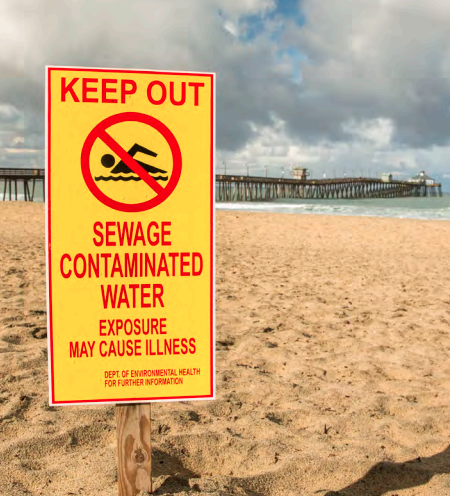Water quality at America's beaches
Published on by Water Network Research, Official research team of The Water Network in Academic
To provide a picture of the water quality at America’s beaches, Stacker consulted Environment America’s 2020 “Safe for Swimming?” report. (see attached). The report shows the results of samples taken from more than 3,000 U.S. beaches during a 2019 testing period.

Waterborne illnesses affect millions of people each year, and it is often the result of fecal contamination in beach waters.
Sewage runoff from storms, improper dumping, and over-development of coastal regions all contribute to these pollutants in this country’s waters, as well as factory farms and deteriorating sewer systems in some regions. Climate change is also a factor, with warmer, wet weather; flooding; and heavy rains creating more runoff into the oceans, bays, and lakes.
Environment America Research & Policy Center, a non-profit dedicated to the conservation and protection of water, air, and natural resources, partnered with the Frontier Group to compile and share data on the condition of America’s beach waters. Its 2020 “Safe for Swimming?” report shows the results of samples taken from more than 3,000 U.S. beaches during a 2019 testing period. Of those beaches tested, 386 of them were determined to be unsafe at least 25% of the days their water was sampled.
Stacker consulted Environment America’s report to create a concise picture of the water quality at America’s beaches. Although the report contains a large data sample size, the data presented is not necessarily comparable between states or beaches due to a wide variety of sampling techniques and reporting practices. For example, some beaches may be subject to additional testing as a result of natural weather or pollution events, Some beaches may not be monitored also. Data was collected in 2019, and released in 2020.
Take a look at just how safe America’s beaches are for swimming and read about some of the solutions being implemented by various states (report attached).
Media
Taxonomy
- Contaminant Movement Mapping
- Oceanographic Survey
- National Water Development Agency
- Ocean engineering
- Spill Containment